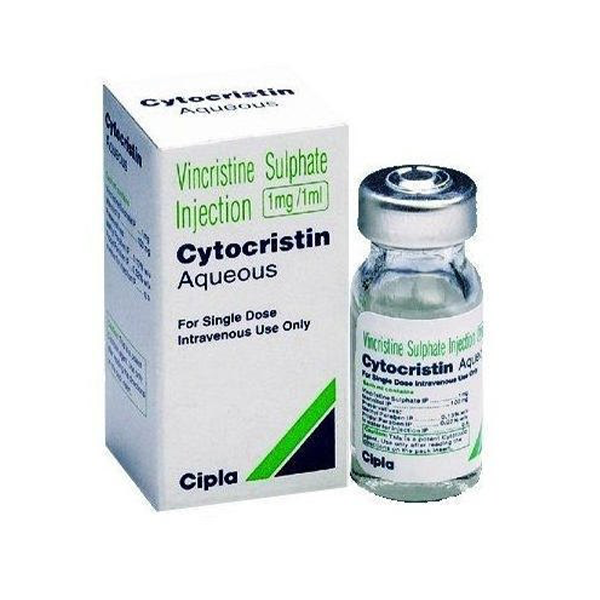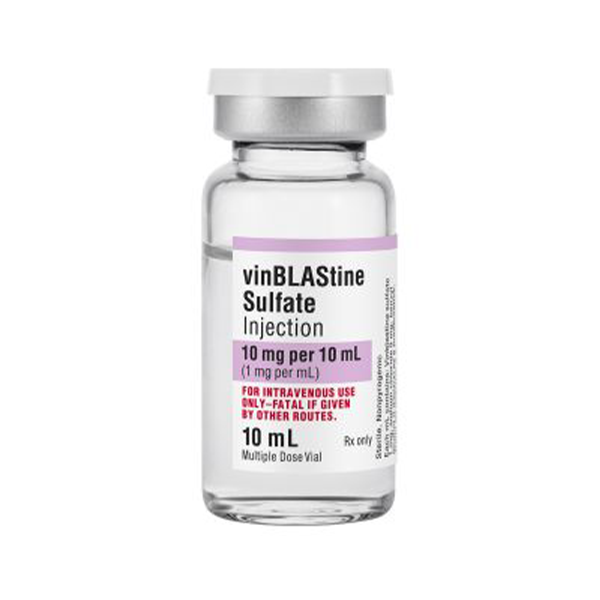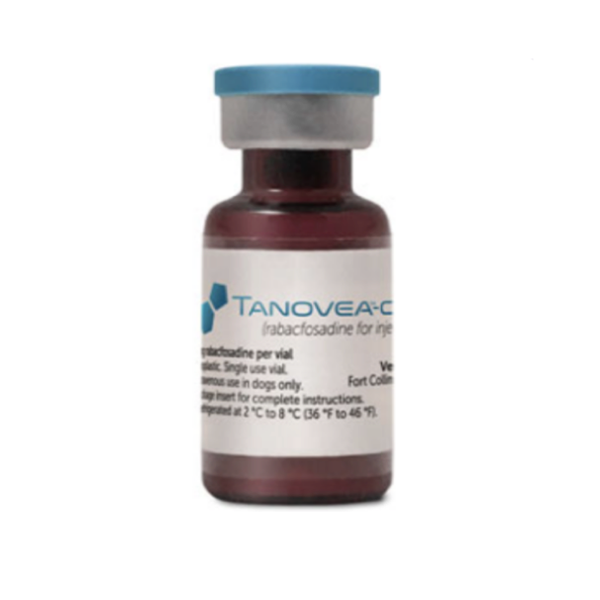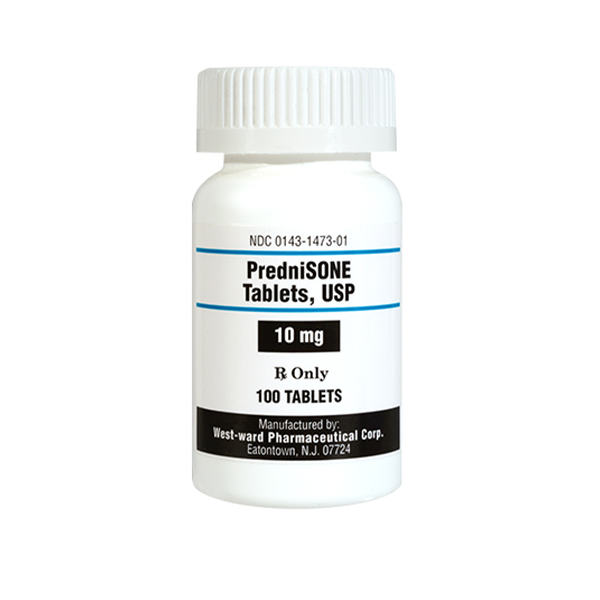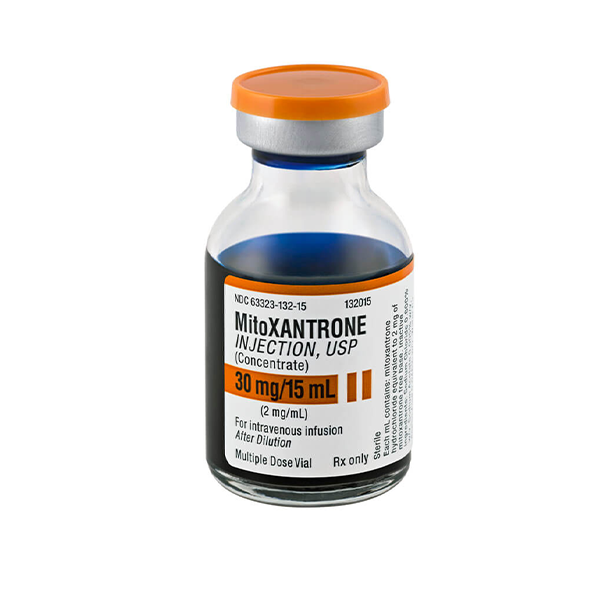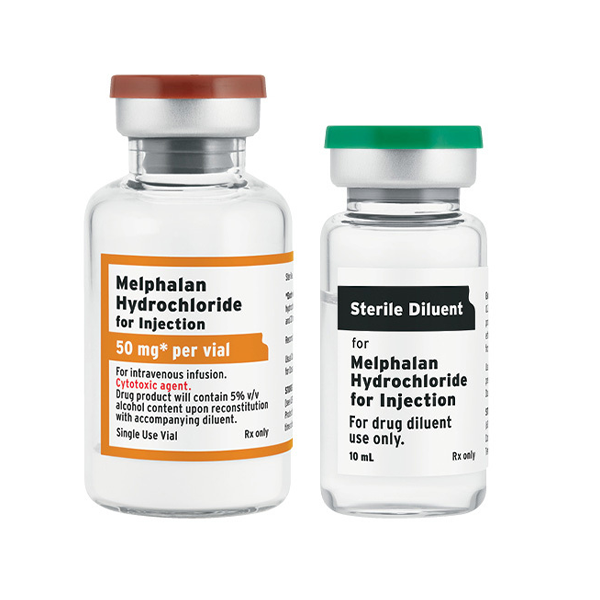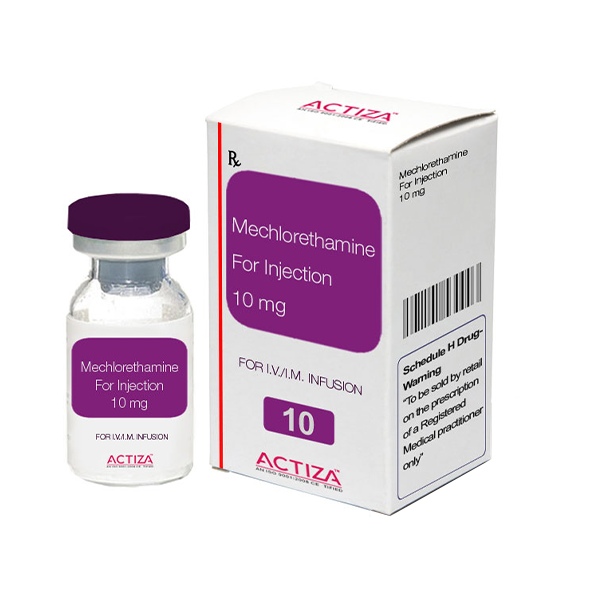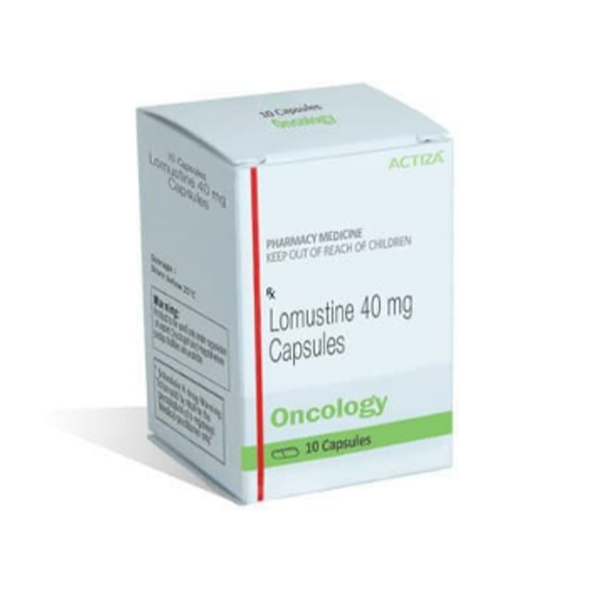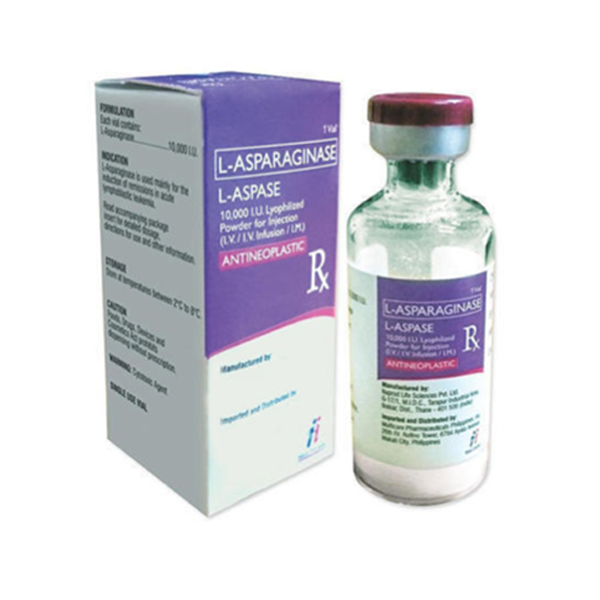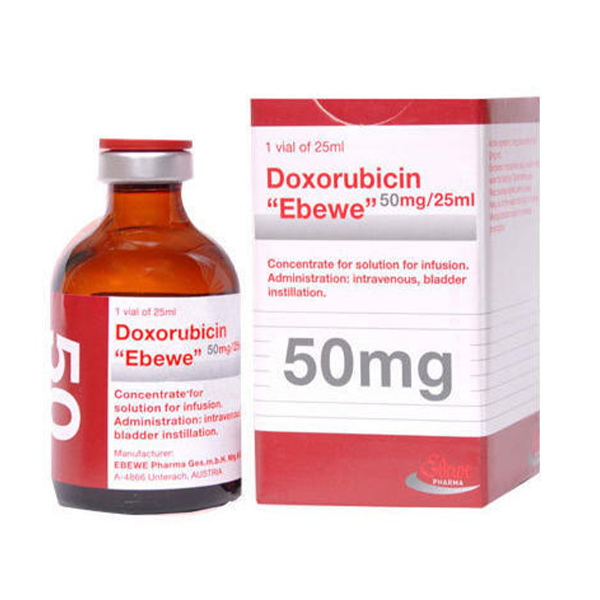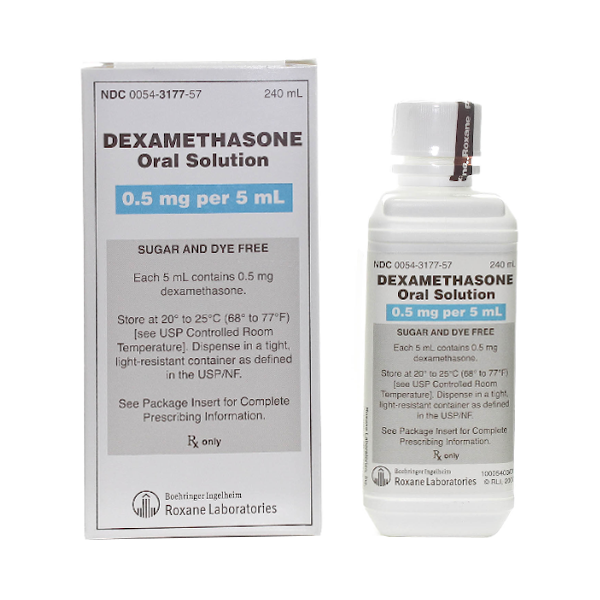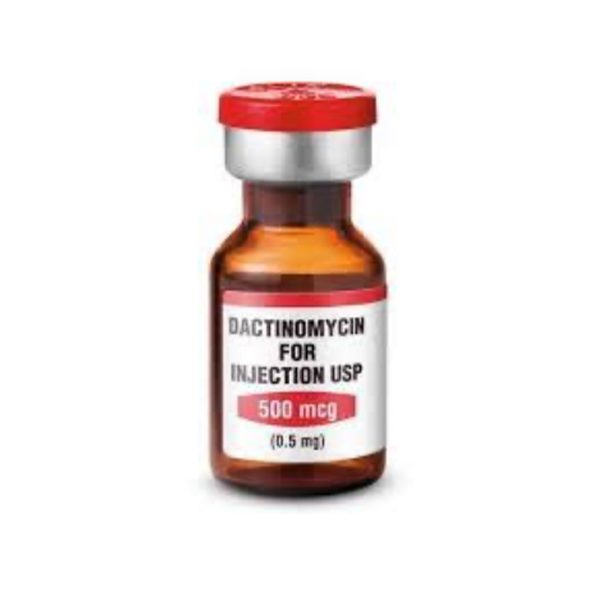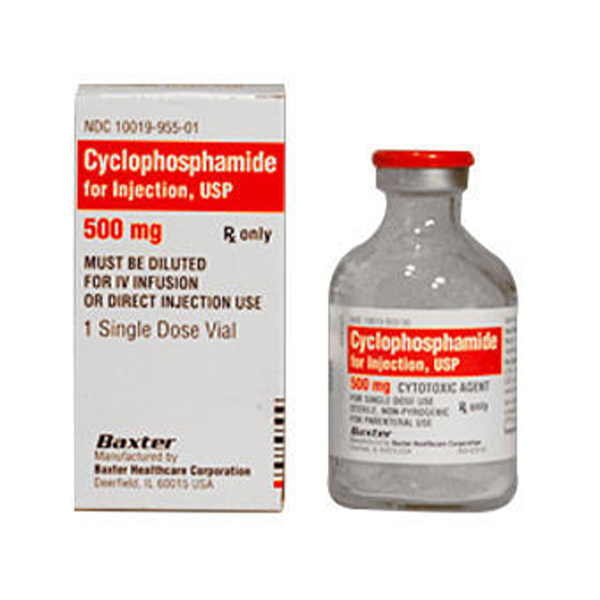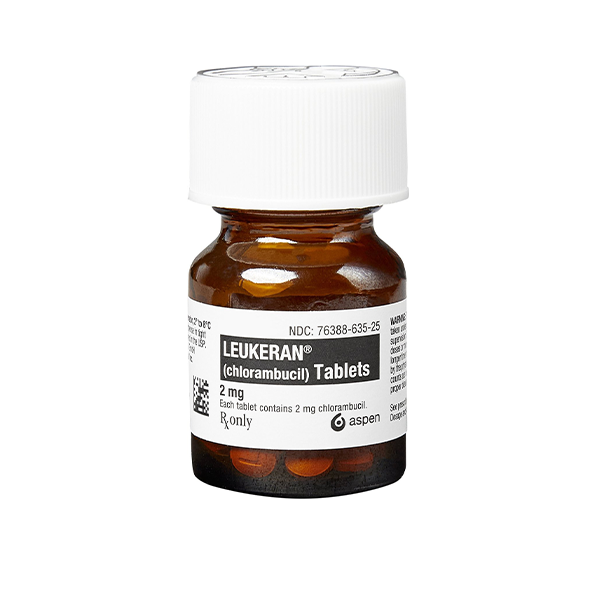Dactinomycin
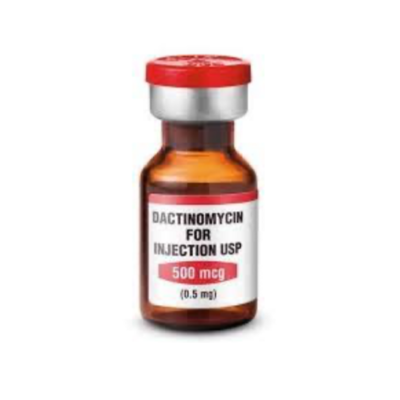
BRAND
Actinomycin-D, Cosmogen Lyovac
DRUG TYPE
An anti-cancer chemotherapy drug with antineoplastic or cytotoxic properties
CONDITIONS TREATED
Wilms’ tumor, Rhabdomyosarcoma in children, ovarian or testicular cancer, lymphoma
ADMINISTRATION
Dactinomycin is given as an infusion into a vein
CYCLES OF TREATMENT
Typically every two to three weeks
LENGTH OF TREATMENT
Usually in the order of weeks to a few months
What is Dactinomycin
Dactinomycin, also known as actinomycin D, is a chemotherapy medication used to treat different types of cancers that affect kidneys, uterus, testicles, bones, muscles, joints, soft tissues, and solid tumors1 Dactinomycin is extracted from the bacterium Streptomyces parvulus and is a member of the cytotoxic antibiotic family of medications. Its antineoplastic action involves binding to DNA and inhibiting DNA-dependent RNA synthesis. It also causes single-strand DNA breaks.2 Damage to DNA and its activities inhibit cell division and help to stop cancer growth.
This antibiotic was approved for medical use in the United States in 1964. Interestingly, it is on the World Health Organization’s List of Essential Medicines, which are considered to be the most effective and safe medicines needed in a health system;3 however, it is not currently used as an antimicrobial. More recently, it has been employed as a chemotherapeutic for dogs and humans.
What is dactinomycin used for?
Dactinomycin is used to treat the following conditions:4
- Wilms’ tumor
- Childhood rhabdomyosarcoma
- Ovarian or testicular cancer
- Gestational trophoblastic neoplasm
- Ewing’s sarcoma
- Locally recurrent solid tumors such as sarcomas, carcinomas and adenocarcinomas
- Soft tissue sarcoma
- Osteosarcoma
How is dactinomycin administered
Dactinomycin is available as a powder which is then prepared as a solution by your veterinarian and injected intravenously (IV); it can also be injected directly into a specific organ or region in the body in order to treat the area where a tumor is located.4 The length of treatment depends on the types of drugs your pet is taking, the type of cancer being treated, and your pet’s response to the drug.4 The amount of dactinomycin your pet receives and how often it is administered depends on many factors, including height and weight, general health, other health problems, and the type of cancer or condition being treated. Depending on your pet’s response, your veterinarian may adjust the dose in order to reduce the potential for adverse effects.
Chemotherapy drugs that affect cells only when they are dividing are called cell-cycle specific; however, dactinomycin is cell-cycle non-specific and is not typically given in cycles.2 Your veterinarian will determine your animal’s dose and schedule, and may use the drug in combination with other chemotherapeutic drugs such as vincristine, cyclophosphamide or ifosfamide.5
Before giving your pet dactinomycin
It is important for you to keep a written list of all of the prescription and nonprescription (over-the-counter) medicines you are giving your pet, as well as any products such as vitamins, minerals, or other dietary supplements. You should bring this list with you each time you visit your vet or if your pet is admitted to a hospital. The list is also important in case of emergencies.
Tell your veterinarian if your pet is allergic to dactinomycin, ingredients mixed with the drug, or reacts to other medications, vitamins or supplements. You can always ask your pharmacist for a list of “other ingredients” included in any medication. This is important since the product may contain inactive ingredients which can cause allergic reactions or other problems. If your pet has taken dactinomycin before, but the cancer did not respond to the medication, your veterinarian will probably choose to prescribe a different chemotherapeutic.
While your pet is taking dactinomycin:
Before and during your dog’s treatment, your veterinarian will order blood tests to check blood cell counts, metabolite and enzyme levels. This information is used to evaluate immune system function as well as the drug’s effect on kidney and liver. It is important to let your veterinarian know if your pet has a history of the following:4
- Received radiation therapy or other chemotherapy within the last 4 weeks
- Experienced seizures or a head injury
- Is pregnant or breast-feeding
- Has been exposed to chicken pox or has recently had shingles
- Has recently been vaccinated or is scheduled for a vaccination
Since Dactinomycin is a medication categorized as a vesicant, it can cause serious damage if it contacts tissue. Health care providers must use extreme caution when infusing the drug into your pet’s vein. If there is pain or swelling around the infusion site, contact your vet immediately.4
SIDE EFFECTS & OVERDOSE
Chemotherapeutic drugs were designed to destroy cancer cells, including those that may have spread beyond the main tumor. Unlike surgery or radiation, most types of chemotherapy, or “chemo,” don’t target a particular tumor or a particular part of the body. Recently there has been an effort to develop newer “designer drugs” that target and destroy cancer cells specifically; however, most of these drugs are still under research and development. Unfortunately, most forms of chemotherapy attack all rapidly dividing cells, not just cancer cells. In fact, the cells lining the stomach and cells of the hair follicle are particularly susceptible due to their rapid division rates. In part, this explains why patients undergoing chemotherapy have problems with their gastrointestinal functions and often lose their hair. Because the drugs affect all types of cells in your pet’s body, they will feel worse, at least temporarily, after a round of chemotherapy. Since certain drugs have worse side effects than others, be sure to keep a list of side effects that your dog may experience and share this with your veterinarian.6
As with most chemotherapeutic drugs, dactinomycin may cause side effects. Common side effects include bone marrow suppression, vomiting, mouth ulcers, hair loss, liver problems, infections, and muscle pains. Other serious side effects include future cancers, allergic reactions, and tissue death at the site of injection.
The following symptoms require medical attention but are not emergency situations. Tell your vet if any of these symptoms are severe or do not go away within 24 hours:7
- Vomiting
- Diarrhea
- Hair loss
- Extreme tiredness, lack of energy
- Sores in mouth and throat
- Loss of appetite
- Yellowing of the skin or eyes
- Fever, ongoing cough and congestion, or other signs of infection
- Unusual bleeding or bruising
- Black and tarry stools
- Red blood in stools
Allergic reactions may also occur. Contact your veterinarian immediately if your pet shows any of the following symptoms [7]:
- Hives
- Rash
- Difficulty breathing or swallowing
- Unusual bleeding or bruising
In case your dog is accidently overdosed, call your vet IMMEDIATELY. Signs of overdose may include the following symptoms:7
- Excessive vomiting
- Excessive diarrhea
- Unsteady gait
- Unusual bleeding or bruising
- Decreased urination
- Swelling of the face, arms, hands, feet, ankles, or lower legs
- Sudden loss of energy
- Loss of appetite
- Blisters or rash
- Hives
- Black and tarry stools
- Red blood in stools
Drug interactions may change how your pet’s medications work or increase risk for serious side effects. Keep a list of all the products your pet uses (including prescription/nonprescription drugs and herbal products) and share it with your vet. Do not give your pet aspirin or products containing aspirin unless your vet specifically permits this medication to be administered.
Dactinomycin is often prescribed in combination with other cytotoxic chemotherapeutics. This approach has been associated with an increased risk of additive toxicity to bone marrow and the GI system.8 For example, potentiation of 5-fluorouracil (5-FU) neurotoxicity by dactinomycin was observed when both drugs were used in a combination protocol. In this study, six of 15 dogs (40%) developed unacceptable neurotoxicity with the combination of 5-FU, cyclophosphamide, and dactinomycin.9 Increased cellular uptake of Amphotericin B occurs in response to dactinomycin, and combining the drug with vincristine, methotrexate, and 5-FU have been shown to decrease its effectiveness.8 Serious interactions may also occur if your dog has recently been immunized with a vaccine.
Do not start, stop, or change the dosage of any medicines without your doctor’s approval.
If your pet loses their appetite and stops eating, try the following:
- Take your pet’s temperature. Call the hospital if it is above 103oF or below 99oF
- Provide interesting and enticing foods such as chicken, turkey, and hamburger or try chicken and lamb baby food.
- Add broth or yogurt to your pet’s food.
- Avoid food that are too fatty or rich as these can cause digestive problems.
- Call your veterinarian if your pet has not eaten for more than 2 days.
Nausea, Vomiting and Diarrhea
- Call the hospital if diarrhea lasts for more than 48 h, or vomiting for longer than 24 h.
- Withhold food and water for 12 hours, and then offer small amounts of water every 2 hours.
- If your pet does not vomit after drinking small amounts of water, bland food such as chicken or turkey can be offered (boiled or baked, not fried). Boiled hamburger (fat skimmed off) or boiled white rice are also good choices.
- If your pet tolerates small amounts of these bland meals without vomiting, a normal diet can be resumed gradually over a 3-day period.
- If your vet agrees, give anti-nausea medications as prescribed. For example, 1/2 of a 160 mg tablet of maropitant citrate (Cerenia®) by mouth once daily (80 mg/day) or as required if nausea, vomiting and loss of appetite are noted.
- If diarrhea is persistent, give 1½ tablets (375 mg) of metronidazole (250 mg: Flagyl, anti-diarrheal antibiotic) by mouth twice daily for up to 5 days.
- Fortiflora (anti-diarrheal probiotic) can also be administered to suppress diarrhea. Follow packet instructions for up to 7 days.
Fever
- Take your pet’s temperature. Call the hospital if it is above 103oF or below 99 o
- To help reduce a pet’s fever (103 oF or higher), first apply a cool compress around his/her paws and ears (use a soaked towel or cloth).
- Continue to monitor his/her temperature, and when it drops below 103 oF, you can stop applying the water.
- See if you can coax him/her into drinking a bit of water. You will still need to monitor your dog closely, to make sure the fever doesn’t return.
Hair loss
- Most dogs do not lose their hair following chemotherapy. However, breeds that exhibit continuous hair growth, such as poodles, Bichon Frises and some terriers are more prone to this side effect.
- For those pets that lose excessive hair, perhaps a dog sweater or coat may keep your dog more comfortable when going out in cold weather.
Skin damage
- Occasionally sores develop. If they do, try to keep your pet from licking at the area.
- You may need to wrap the limb or apply a cone collar to help prevent your pet from licking.
- Call your vet to discuss management if the sores worsen.
Other suggestions for the use of the dactinomycin.
- Have your pet drink lots of fluid every 24 hours, unless the vet instructs you to do otherwise.
- After administering the drug, be sure to take your dog out to empty their bladder frequently, especially during the first 24 hours.
- This medication increases the risk for infections so try to keep your dog away from the public, and report chills, fever, or any other signs of infection immediately. Make sure your dog gets plenty of rest.
- Avoid sun exposure.
- Maintain good nutrition and gentle exercise such as a daily walk.


